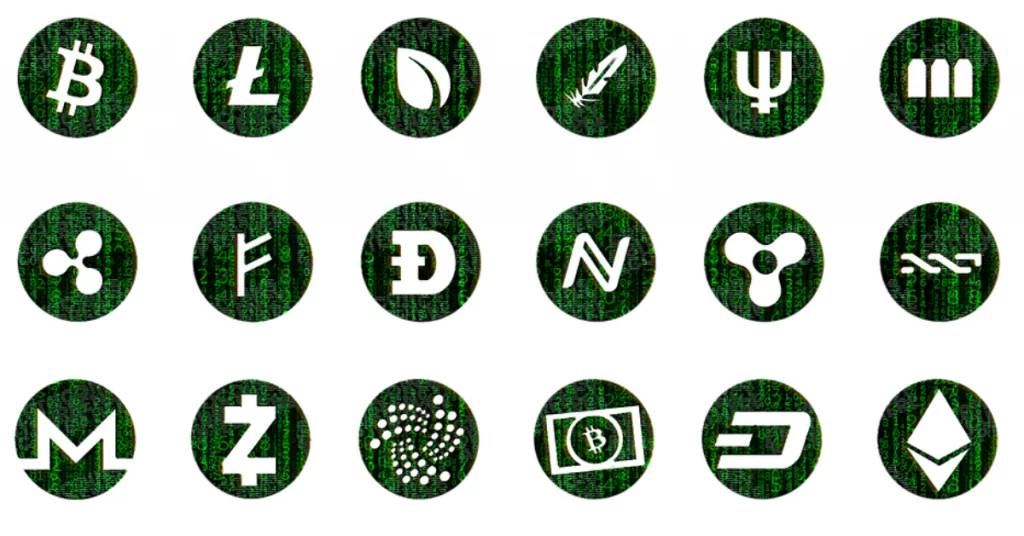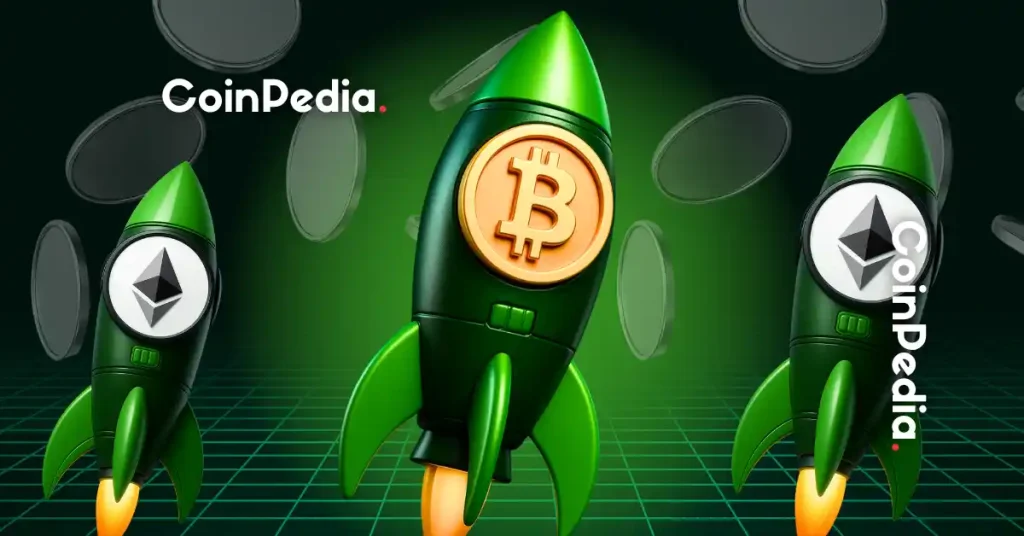
The post The Concomitant Evolution of Bitcoin and Altcoins appeared first on Coinpedia - Fintech & Cryptocurreny News Media| Crypto Guide
Have you ever wondered what the term altcoin means and what is its relation to one of the most notorious cryptocurrencies that ever existed? Altcoins and Bitcoin have an ongoing story that this article is about to sum up for the ones who are new to cryptocurrency.
What does altcoin refer to?
The word altcoin refers to all cryptocurrencies introduced after Bitcoin. In the early days of Bitcoin hitting the market, developers forked the open-source code to create new currencies that ultimately became matters of interest, as expected. With the passing of time, these Bitcoin alternatives began to stray further from their originals with different delivery schedules and privacy features that were appealing and many people got interested. These include Litecoin (LTC) and Zcash (ZEC), as two very important after-developed coins that managed to gain considerably, among others.
A long list of Bitcoin–altcoin trading pairs have appeared and eventually have produced a surge in market activity, with traders leveraging the volatility of these crypto assets for rather risky rewards. The rise of altcoins and their respective blockchain networks marks an era of experimentation and maturity within the cryptocurrency industry as the technology has enabled a wider range of use cases. Additionally, for those interested, here is a detailed analysis of how Bitcoin’s transactional downfall gave rise to altcoins.
Let’s go back to when it all began
The idea of anonymous cryptographic electronic money has been postulated for a long time, but it wasn’t until 2009 that Bitcoin, a decentralised cryptocurrency, was first created and brought into the attention of the world. Cryptocurrencies began to gain momentum, with Namecoin, Litecoin, Peercoin and so on, following for several years. At the end of 2013, there were over 50 different cryptocurrencies and by the end of 2014, that number had grown nearly tenfold to over 500. Currently, there are over 20,000 cryptocurrencies in circulation. But how did the financial situation get to this point?
To be even more specific, as of July 2022, there are 20,268 cryptocurrencies in existence. However, not all cryptocurrencies are active or valuable. After deducting a long list of dead cryptocurrencies, we are left with only about 10,953 active cryptocurrencies today and the process is ongoing.
What about the number of users?
Worldwide there are over 300 million cryptocurrency users and currently, about 18,000 businesses accept some form of cryptocurrency as payment, given the legality and regulations of each state.
This way, in even less than a decade, the interest in cryptocurrency has exploded and has grown at an ever-increasing rate. As you read this, the already mentioned number of cryptocurrencies is probably already underestimated as there are more ICOs happening each week. However, thousands of ciphers that we have today can most easily be grouped into three categories:
Bitcoin – the market leader and original cryptocurrency
Altcoin – Bitcoin alternatives (but not necessarily similar, as they vary widely)
Tokens – cryptocurrencies that use existing blockchains
As the number of cryptocurrencies grows, so does the number of cryptocurrency exchanges. As of the summer of 2022, there are 498 exchanges and the number is continuously rising.
No matter the changes that Altcoins brought over the market and the investors’ interests, Bitcoin comfortably leads the way in terms of market cap, always did, still does today. It represents the starting point and never behaved any less than what it is.
To conclude, cryptocurrencies managed to take over the world in no time, be it Bitcoin at first or Altcoin later on. While there has been a mentionable amount of fluctuation, the general market is only going up, with Bitcoin still leading the game, even today.
Disclaimer: This is a guest post. Coinpedia does not endorse or is responsible for any content, accuracy, quality, advertising, products, or other materials on this page. Readers should do their own research before taking any actions related to the company.

 2 years ago
175
2 years ago
175














 English (US) ·
English (US) ·